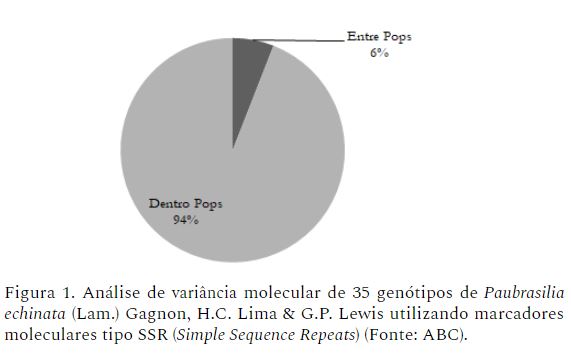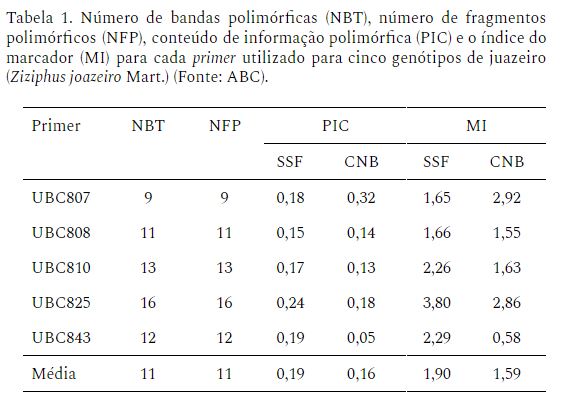Conference Proceedings Submissions
Conference Proceedings Submission Preparation Checklist
As part of the submission process, authors are required to check off their submission's compliance with all of the following items, and submissions may be returned to authors that do not adhere to these guidelines.- The contribution is original, unpublished, and is not under consideration for publication by another journal.
- The authors assume responsibility for the content of the texts they author.
- All of the authors have made a relevant intellectual contribution to the work and agree with its submission.
- Ethical conduct and integrity were adopted while carrying out the study and while writing of the text..
- The authors have clearly disclosed in the manuscript any potential sources of conflict of interest, whether financial or otherwise, such as ownership of patents or shares, serving on boards of directors or advisory boards of companies, acting in consulting or advisory roles, or receiving honoraria from companies, among others.
- The authors are aware of and agree with the editorial policy of the journal.
- The text follows the style standards described in the Guidelines for Authors, including those for references.
Articles
Principal section of the journal devoted to original and unpublished scientific articles.
Special section: Local Floras
Special thematic section aimed at bringing together qualified articles that contribute to the knowledge of the flora of Brazil, especially at the local level. Manuscripts describing floras and florulas of restricted and poorly studied areas, monographs, additions and records of new occurrences, and similar studies are welcome.
[+] Submissions open until 31/08/2023 [+] Indexed [+] Peer-reviewed
Notes
Section devoted exclusively to the publication of notes, including taxonomic notes, original and unpublished.
Literature review
Section devoted to critical review articles, especially systematic reviews, meta-analysis, state-of-the-art, scientometric studies and the like, original and unpublished.
Reports
Section dedicated to original and unpublished reports on research, teaching and extension experiences, as well as propositions for objects and other didactic resources or for scientific divulgation in botany.
Copyright Notice
By submitting manuscripts for publication in the journal, authors expressly agree to the following terms:
1 - Authors retain copyright on their manuscript and grant the right of first publication to the journal, with the work simultaneously licensed under the Creative Commons Attribution 4.0 International License, allowing it to be shared, as long as authorship and initial publication in Paubrasilia are acknowledged, with proper indication of volume, number (if any), page number (or elocation-id), and year in which the paper was published;
2 - Authors are allowed to enter into additional contracts separately, for non-exclusive distribution of the version of the paper published in Paubrasilia (e.g., publishing in an institutional repository or as a book chapter), provided that authorship and initial publication in this journal are acknowledged, with proper indication of volume, number (if any), page number (or elocation-id), and year in which the paper was published.
Privacy Statement
The names and addresses informed to this journal will be used exclusively for services provided by this publication, and will not be made available for other purposes or to third parties.








